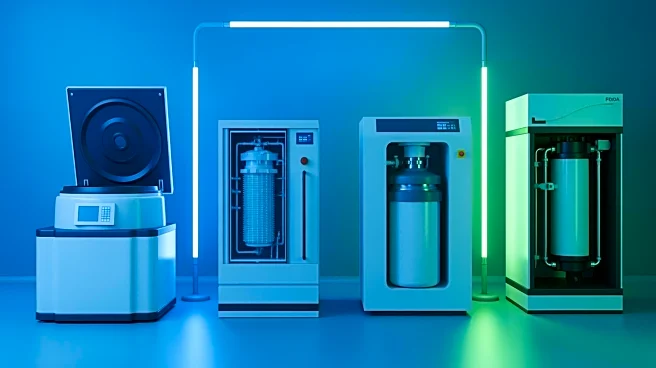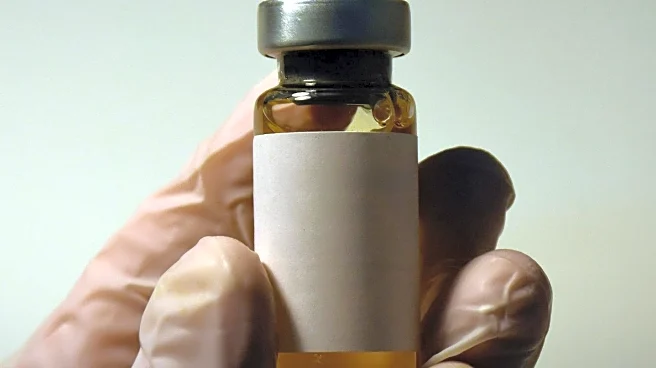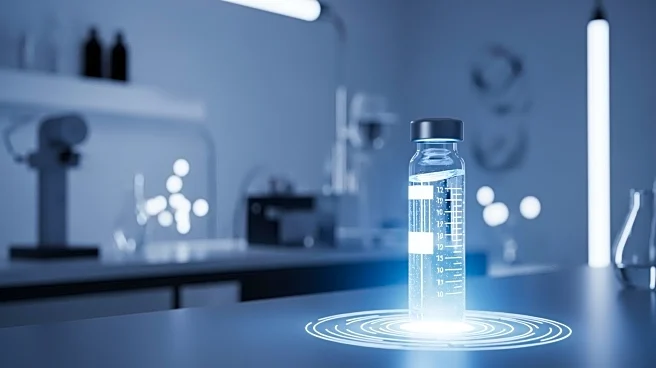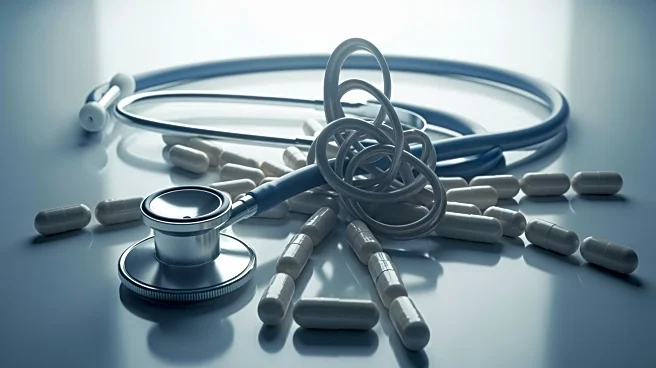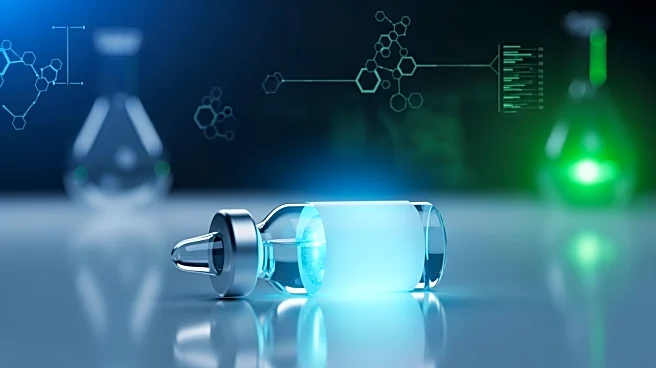What's Happening?
The Food and Drug Administration (FDA) has revised its ICH Q5A guidelines, emphasizing the importance of virus titer and purity in viral clearance testing for therapeutic proteins. These updates highlight
the necessity for virus stocks with verified titer, purity, and reproducibility, while also expanding the scientific basis for viral clearance validation. The revised guidelines, known as Q5A (R2), encourage the use of next-generation sequencing and other molecular methods to supplement or replace traditional assays. Additionally, they call for a deeper characterization of viral inactivation. These changes are expected to reshape the design and evaluation of viral clearance studies. A recent webinar hosted by Genetic Engineering and Biotechnology News (GEN) featured expert speakers discussing emerging methods and strategies in virus production and characterization that align with these regulatory expectations.
Why It's Important?
The updated ICH Q5A guidelines are significant for the biopharmaceutical industry as they set new standards for ensuring the safety and efficacy of therapeutic proteins. By promoting advanced molecular methods and deeper viral characterization, the guidelines aim to enhance the reliability of viral clearance processes. This is crucial for manufacturers as it impacts the development and approval of biopharmaceutical products. Companies that align with these guidelines may gain a competitive edge by ensuring their products meet the latest regulatory standards. The emphasis on next-generation sequencing and molecular methods could also drive innovation in virus production and purification technologies, potentially leading to more efficient and cost-effective manufacturing processes.
What's Next?
As the biopharmaceutical industry adapts to these updated guidelines, companies are likely to invest in new technologies and methodologies to comply with the enhanced regulatory expectations. This may include adopting small-scale, closed-system bioreactors and improving virus production and purification practices. The industry can expect ongoing discussions and educational sessions, such as webinars and conferences, to facilitate knowledge sharing and collaboration among stakeholders. Regulatory bodies may also provide further guidance and support to ensure a smooth transition to the new standards.
